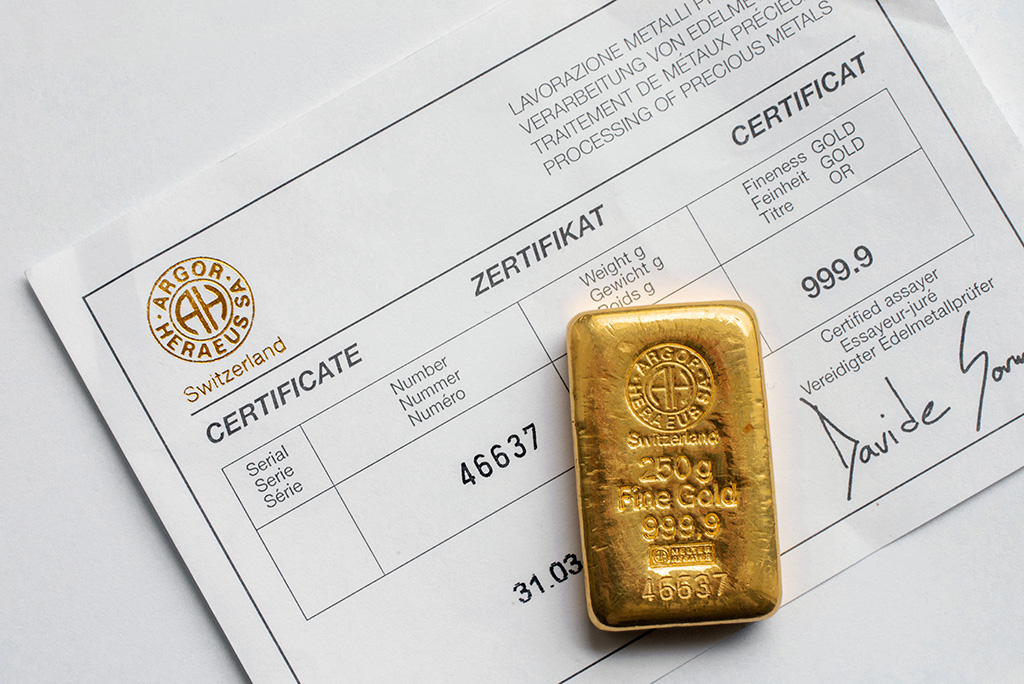In the world of international gold trade, credibility, transparency, and compliance are paramount. For investors and sellers alike, the Swiss Procedures have emerged as one of the most trusted frameworks for executing a Gold Sales and Purchase Agreement (SPA). Rooted in Switzerland’s reputation as the global hub of precious metals refining and trade, these procedures set the gold standard for how transactions are initiated, verified, and closed.
What Is a Gold SPA?
A Gold Sales and Purchase Agreement (SPA) is the legally binding contract between a seller and a buyer for the delivery of gold—whether dore, bars, or bullion—under clearly defined terms. It specifies the product, price, delivery terms, documentation, payment mechanisms, and compliance obligations. In global commodities, a properly executed SPA is critical to ensuring both parties are protected.
Why Swiss Procedures?
Switzerland accounts for over 60% of the world’s gold refining. Its banks, refiners, and compliance institutions have established trusted protocols that have become industry benchmarks. Swiss Procedures are designed to minimize fraud, reduce transaction risk, and ensure that both seller and buyer have verifiable proof of product and proof of funds before execution.
Key advantages of Swiss Procedures include:
- Transparency: Buyer and seller each demonstrate authenticity (KYC, AML compliance, documentation).
- Security: Escrow mechanisms, bank-to-bank verification, and refinery involvement reduce default risk.
- Efficiency: Streamlined steps prevent endless “soft offers” or non-performing brokers.
- Reputation: Transactions executed under Swiss Procedures carry institutional credibility.
How It Works: Step-by-Step Overview
While each deal has unique elements, the core Swiss Procedures typically follow this sequence:
- SPA Agreement – Buyer and seller sign and exchange the SPA, detailing price (often LME or LBMA linked with discount), delivery schedule, and payment terms.
- Proof of Product – The seller issues verifiable documentation (assay reports, certificates of origin, warehouse receipts, or refinery confirmations).
- Proof of Funds – The buyer’s bank issues a confirmation (BCL, MT799, or RWA letter), showing readiness to pay.
- Verification – Banks communicate directly (bank-to-bank) to validate funds and product.
- Delivery – Gold is delivered to a recognized Swiss refinery or vault for final assay and authentication.
- Payment – Once authenticity and quantity are confirmed, payment is released (commonly via MT103 or escrow).
Challenges and Best Practices
The gold market is rife with intermediaries and incomplete offers. Many deals collapse before execution due to lack of seriousness, missing documents, or unrealistic expectations. To avoid wasted time:
- Work only with direct mandates or principals.
- Ensure full KYC/AML compliance is prepared in advance.
- Align with top-tier Swiss refiners and banks for credibility.
- Use standardized SPAs—overly complex structures often signal inexperience.
Offshore Wealth Implications
For offshore investors, gold remains one of the ultimate stores of value—hedging against inflation, currency risk, and political instability. By leveraging Swiss Procedures, investors gain confidence in execution while also accessing the world’s most liquid and reputable gold market.
Selling a Gold SPA under Swiss Procedures ensures not just a successful trade, but also long-term reputation in a sector where credibility is the most valuable asset.
Invest Offshore continues to track developments in global gold trading, structured finance, and offshore wealth strategies. We also have investment opportunities in West Africa’s Copperbelt Region for those seeking exposure to critical minerals.

Leave a Reply